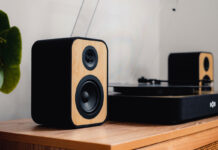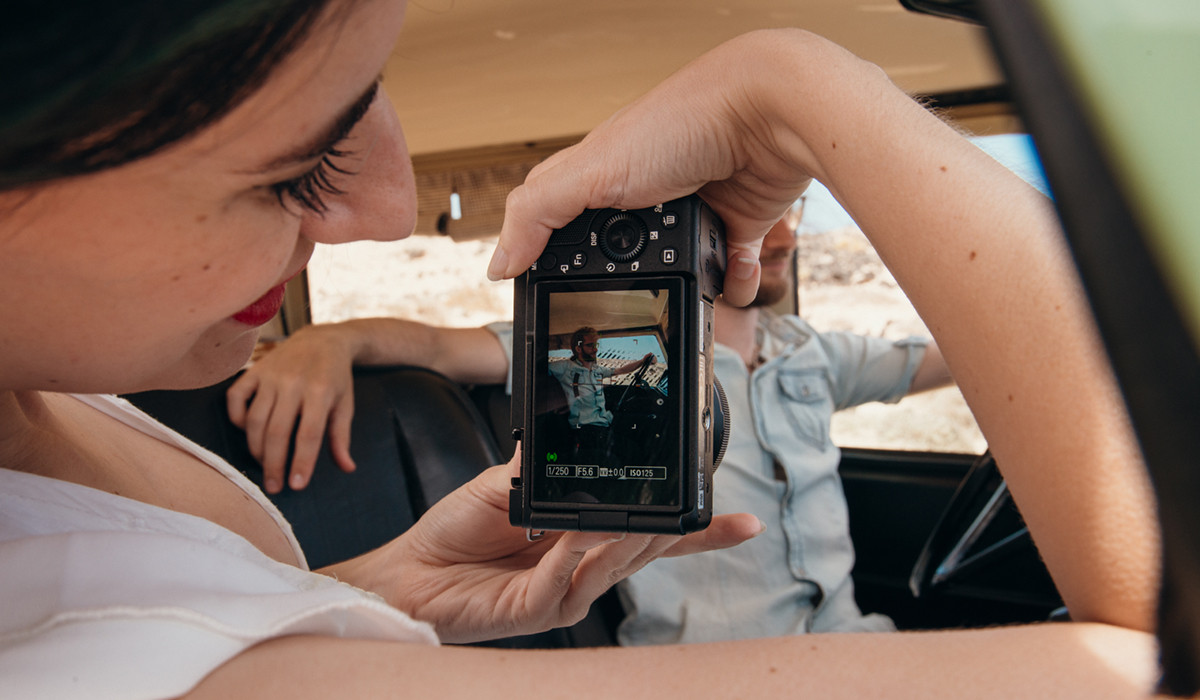
If you want to capture and preserve memories from a memorable trip, there are plenty of good cameras for travel to help you do that. But which one is the right fit for you? In a crowded category full of good options, there are plenty of things to consider. This applies to all photographers, regardless of how much you know about taking pictures.
One thing to take into account is you may not find a camera that checks all boxes. That’s especially true when budget matters but the beauty of today’s cameras is there is something for everyone out there. Here are five options with a different focus in mind for each.
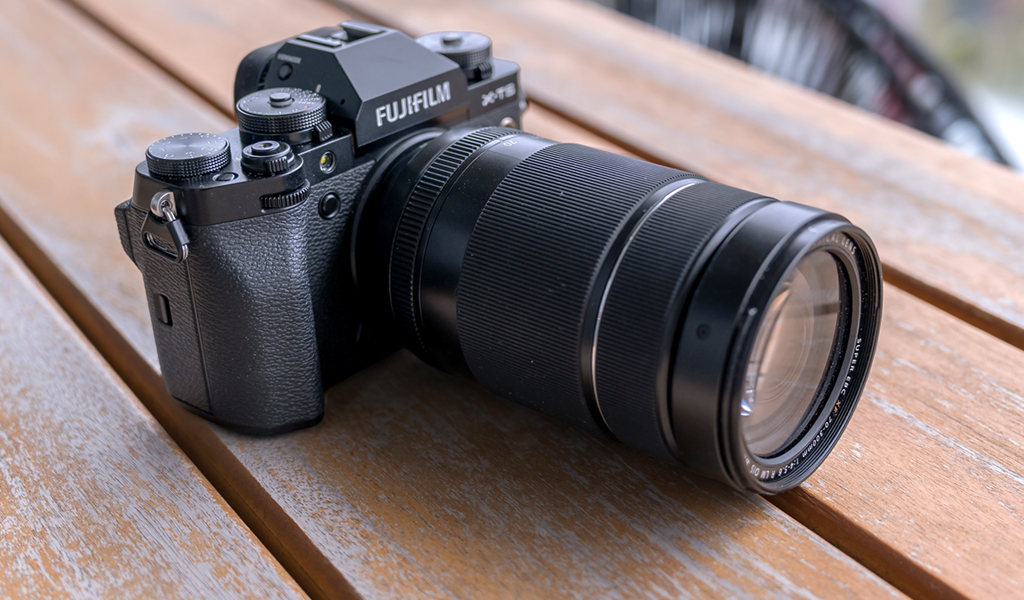
Best overall travel camera: Fujifilm X-T5
While the X-T5 isn’t a full-frame mirrorless camera (it uses an APS-C sensor), it’s tailor-made for photographers who wish to challenge themselves. That part may feel obvious off the bat simply because of the camera’s analog styling. It’s up to you to determine the shutter speed, aperture and ISO for each shot—albeit with plenty of help from the autofocus. Not only do you get face and eye detection for humans, but also animals (birds, cats, dogs) and objects (cars, trains, airplanes). For travelling, this camera covers a lot of bases when you know manual controls.
It’s important to note the rear LCD screen tilts up and down and sideways, but doesn’t fully articulate. If you were looking for something to do selfies where you can see yourself on the screen, this isn’t it. So, the camera makes up for it with increased flexibility in other ways. The 40-megapixel resolution ensures you get large images and easier cropping (better to buy a bigger memory card). Fuji’s film simulations are superb and well worth it to experiment. Plus, you can apply any one of them to a photo after you’ve shot it too.
While the X-T5 is more photo-centric, it does plenty with video. You can shoot up to 6.2K at 30fps or 4K at 60fps. If you care more about video, you’ll get better results from the Fujifilm X-H2S. Battery life will hold up at north of 500 shots, so you can use it for a full day of sightseeing. Check out the full review of the X-T5 to learn more.
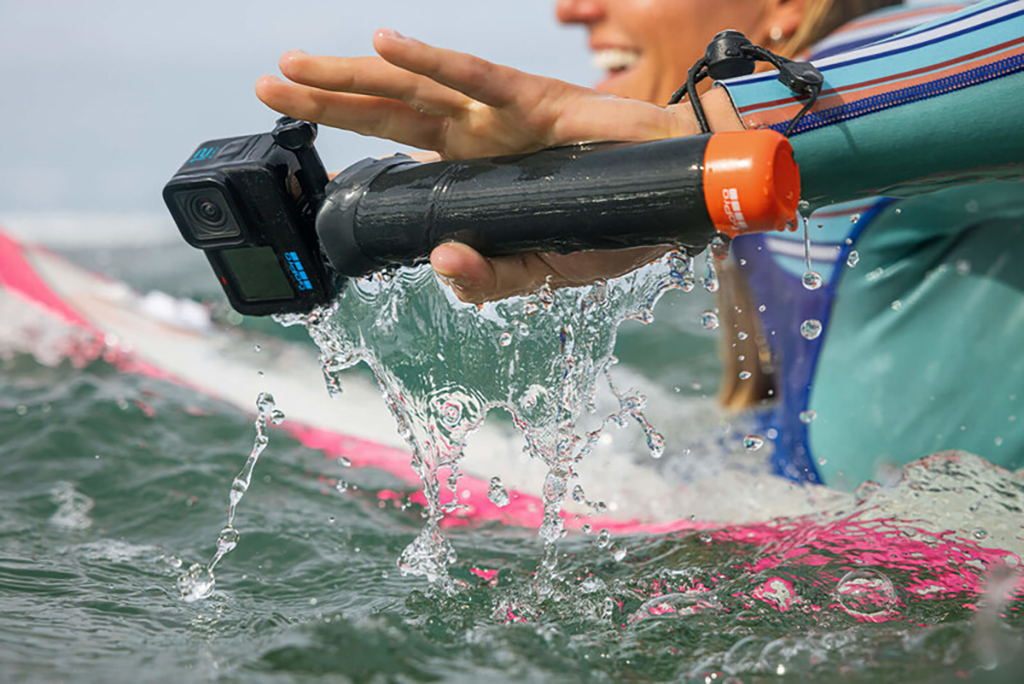
Best camera for adventure and action: GoPro HERO12 Black
GoPro made its name by helping people capture their adventures from inherently personal vantage points. Nothing’s changed there except for the technology over the years now that the GoPro HERO12 Black offers more versatility. That includes the ability to capture high-quality footage in various aspect ratios, including 8:7 ideal for social media. That means you can pull both horizontal and vertical clips from the same video.
You can record in up to 5.3K at 60fps, 4K at 120fps and 2.7K at 240fps. The 1.4-inch screen on the front makes it easy to frame selfies, while the rear 2.3-inch touchscreen does the same when you’re directing things yourself. Bright enough to see outdoors, the camera is also durable enough to work underwater to a certain point. GoPro includes voice commands, where you can start/stop recording, snap photos, change modes, and add point reminders for later editing, among other controls.
Even better, GoPro finally includes a standard screw mount underneath, so you can easily mount it on a tripod, selfie stick or any other compatible accessory. You can also still use older GoPro mounting accessories as well. You can access a bunch of presets that may match the kind of scene you want to capture. Just bear in mind that GoPro removed built-in GPS with the HERO12 series, so you won’t get location data.
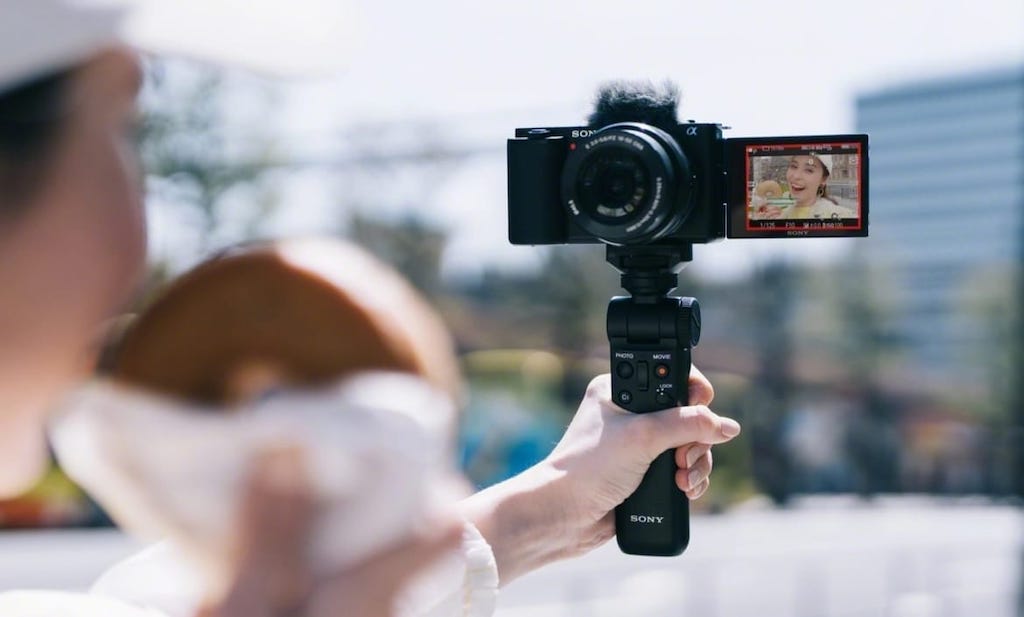
Best camera for vlogging: Sony Alpha ZV-E10
If you’re looking for something more modular with vlogging in mind, the Sony Alpha ZV-E10 is a good compact option. While it leans a little more toward video, it’s a very capable still photography camera as well. You can learn more about it in our review, but here are the basics you need to know. It has a 24-megapixel APS-C image sensor and can record video in 4K at 30fps (cropped) or uncropped at 24fps. You can do slow-motion video in 1080p HD at 120fps.
There’s a triple capsule microphone, and Sony includes a windscreen in the box to ward off gusts. The ZV-E10 also works with external microphones, including those Sony makes for select cameras. Its focus on vlogging means features like Product Showcase cater more toward presenting something, but that could work to your advantage if you’re looking to tell stories in your travels.
It’s compatible with Sony’s E-mount lenses, so you can expand on that further as well. The compact body makes this camera easier to carry for longer travel days, and it will still feel that way even with a larger lens attached.
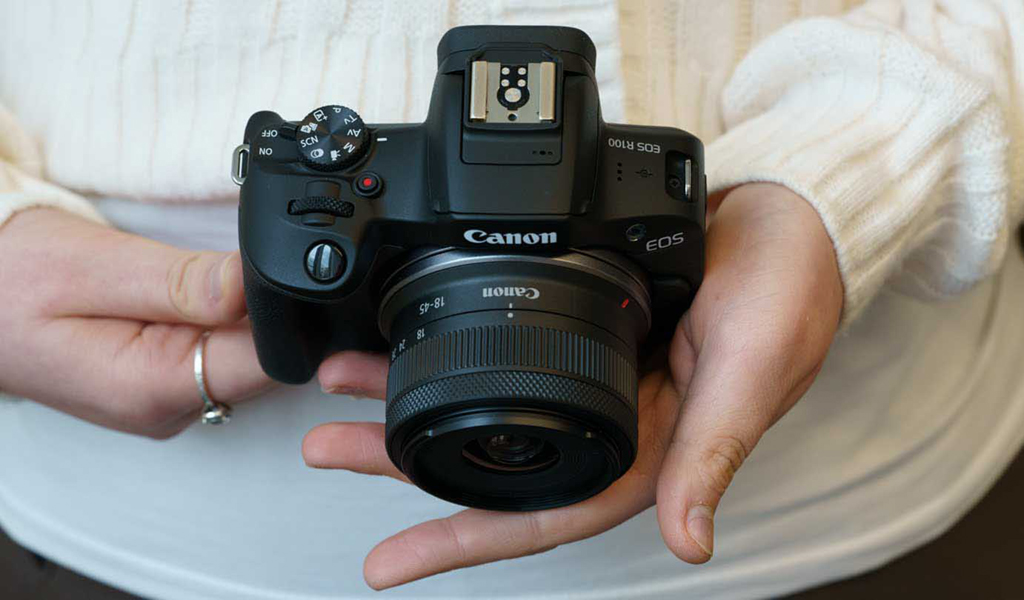
Best camera for budget travelers: Canon EOS R100
If you’re worried about making the jump from a smartphone to a mirrorless camera, don’t be. This is exactly why Canon offers the EOS R100 as an entry-level model. If you’re old enough to remember Canon’s Rebel line of DSLR cameras, then you know the drill here. Its body weighs a travel-friendly 356 grams and is still easy to handle with the kit lens attached.
Its 24.2-megapixel APS-C sensor will do just fine with either JPEG or RAW images, offering both manual and auto controls to help you learn as you go. Face and eye detection also help the autofocus do a stellar job capturing sharp images. Note that 4K video is cropped, which you can avoid if you choose to go with 1080p HD from 24fps to 60fps.
The LCD screen is good to help you frame shots and make adjustments but it’s neither touch-sensitive nor articulates. There’s a microphone jack but not one for headphones. Only one memory card slot for UHS-I cards as well. Be careful with the battery, which may max out at 300 shots per charge. Pick up a backup in case you plan to do a lot of shooting and filming.
Best for high-resolution photos: Nikon Z6 III
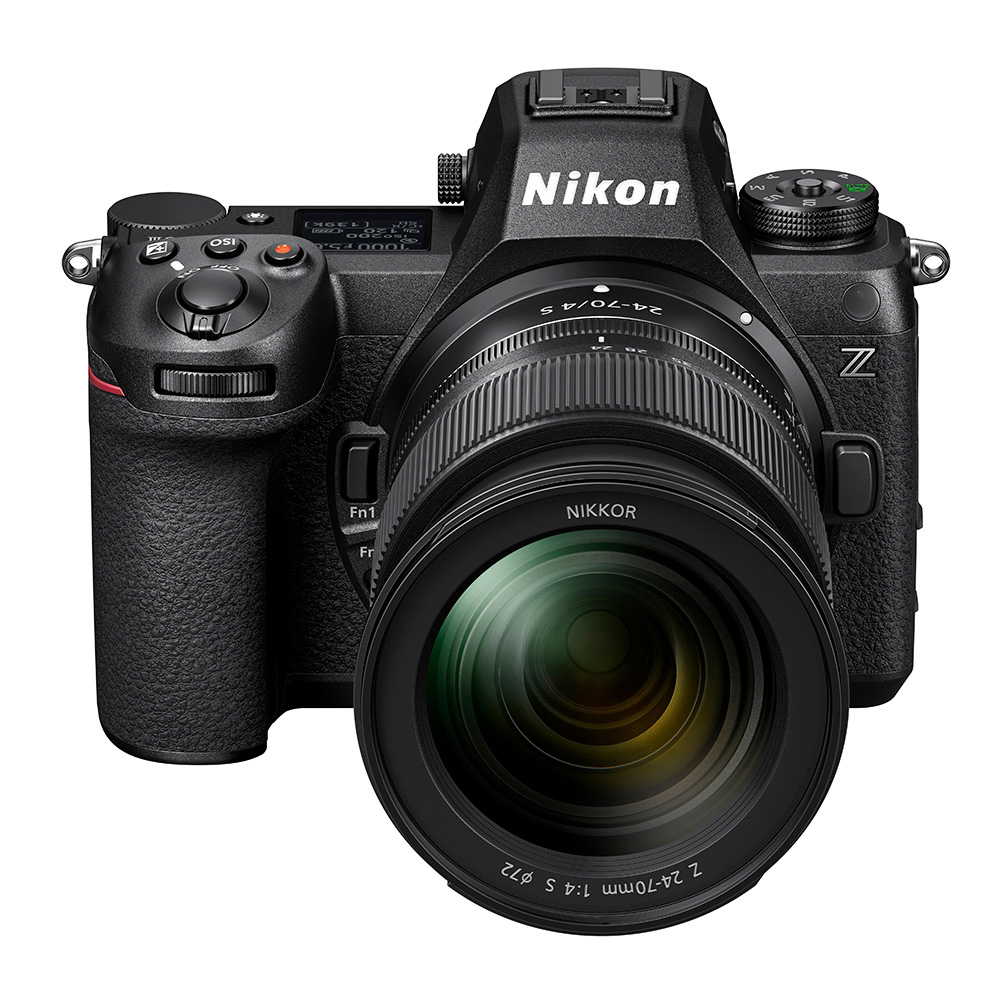
This is a camera made for more serious amateurs and pros. It’s an excellent follow-up from the Z6 and Z6 II, retaining the versatility and adding something extra on the video side. The 24-megapixel “partially stacked” sensor works well with the image processor, and only get better with the in-body image stabilization and superb autofocus.
Part of what makes the Z6 III easy to recommend is its versatility. Whether you’re shooting in broad daylight or low-light conditions, it’s up to the task. Dynamic range should prove to be a cut above previous Nikon mirrorless cameras. Not to mention 20fps burst shooting (14fps in RAW) in case you’re trying to capture a fleeting moment on the tourist trail. In that respect, this camera stands out as something you can use to capture shots as a hobbyist—or as a tool for work. Throw in the vari-angle articulating screen and most angles won’t pose a problem.
Autofocus for humans and animals is fast and precise, including for video, so you can track a subject without issue. The battery should also hold up throughout a day’s sightseeing, though getting a backup may be a good idea. Same with a CFExpress or UHS-II memory card; best to make it sizeable to accommodate the level of still photos and video you want to take.
What to consider in a camera for travel
A lot of this comes down to basic fundamentals. Ideally, you want a camera you feel comfortable holding and using. One you can learn from to further hone your photography and videography skills, no matter your skill level. Kit lenses tend to offer a fairly good focal range to let you shoot further from or closer to a subject. This way, you can capture wider vistas or big landmarks, or move in close and record that tasteful dish you’re about to indulge in.
Camera gear expands what you can do but tread carefully first and know what you’re buying. Seasoned photographers will naturally know what they need, whereas novices may think they need everything. If you’re shooting a lot of video, a boom or lavalier microphone could be worth it based on the kind of content you want to capture. If you’re more of a still photographer, you may want to consider another lens necessary to your broader range.
You’ll find answers to many of these questions and considerations in the camera buying guide. Check out all the latest cameras and gear available now.





